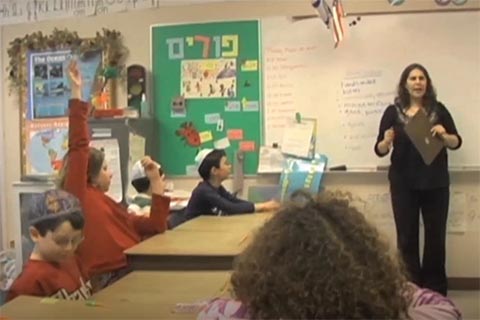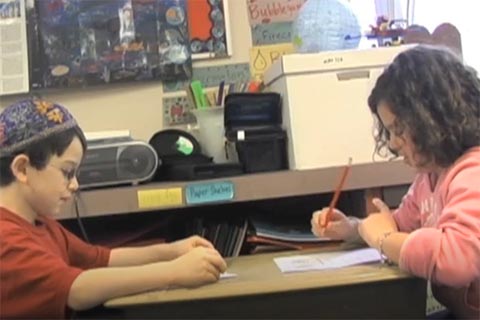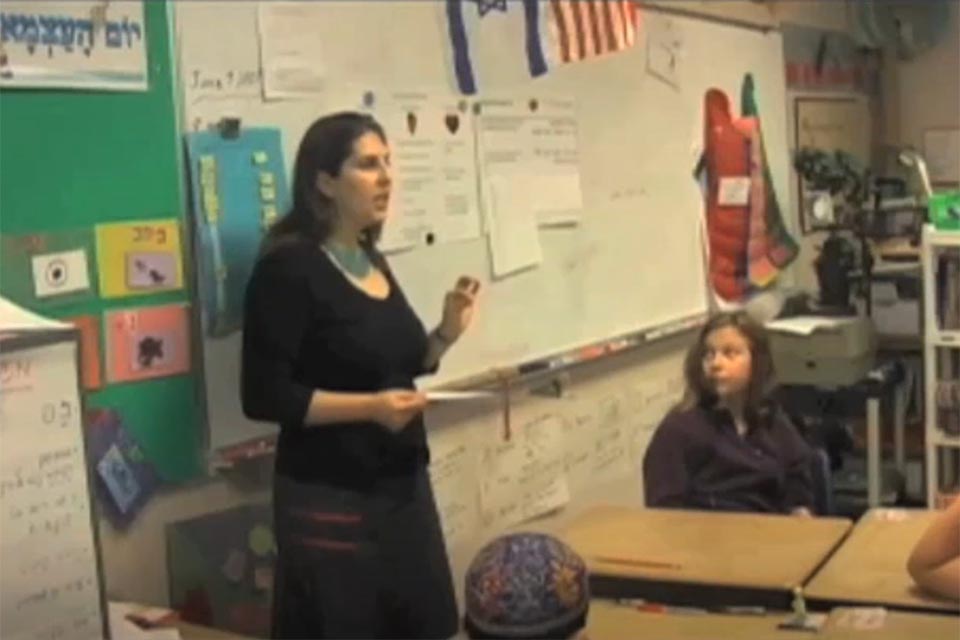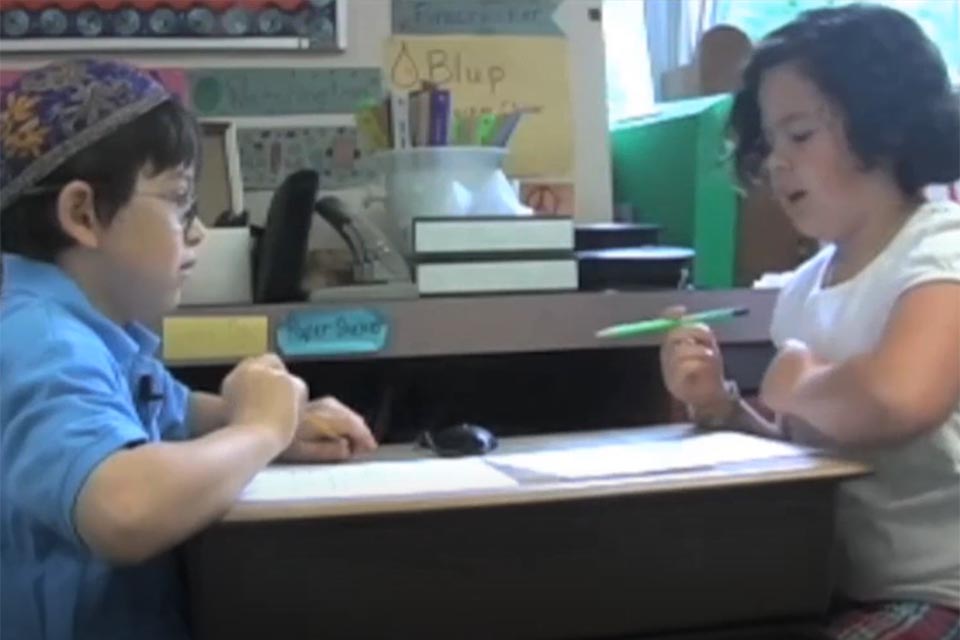Teaching the Practices and Skills of Havruta
Havruta is something that can be taught, practiced and reflected upon.
“Havruta learning is not simply a set of techniques but a complex practice that can be cultivated. In order to get better at havruta learning, learners need opportunities to become aware of all that havruta requires of them (and potentially offers). For havruta to be as generative as possible, it is imperative that teachers spend time teaching their students how to successfully engage in ‘good’ havruta learning in their context.” - Orit Kent
Jocelyn believed that third graders needed to be taught what it means to sit with a partner in havruta and truly listen and consider other ideas. Moreover, she knew that her students needed time to practice enacting havruta skills. Jocelyn used Orit’s framework of havruta practices to teach her students how to study in havruta. (For more about core havruta practices — listening, articulating, wondering, focusing, supporting and challenging — see Orit Kent’s article, “A Theory of Havruta Learning”)
The links below explore how Jocelyn teaches her class active listening and gives them opportunities to explore this idea with their havruta partner (Preparation). After the third graders have discussed and figured out what active listening “looks like, sounds like and feels like,” Jocelyn instructs them to apply active listening skills while studying a new Jewish text in havruta (Enactment). The active listening chart that the class created during the preparation phase continues to guide students’ work while they study the new text. Finally, Jocelyn consistently builds in reflection time for students to reflect on their havruta work and their use of the havruta practices (Reflection).
Note: The volume in these videos is of varying quality. As you watch, you may wish to follow along in the accompanying transcript.
Preparation
Lesson Goals, Sample Lesson Plan, and Havruta Guided Questions (pdf)
Diagram: Active Listening (student generated) (pdf)
Enactment
Worksheet: Havruta Guided Questions: Bereshit Rabbah (pdf)




